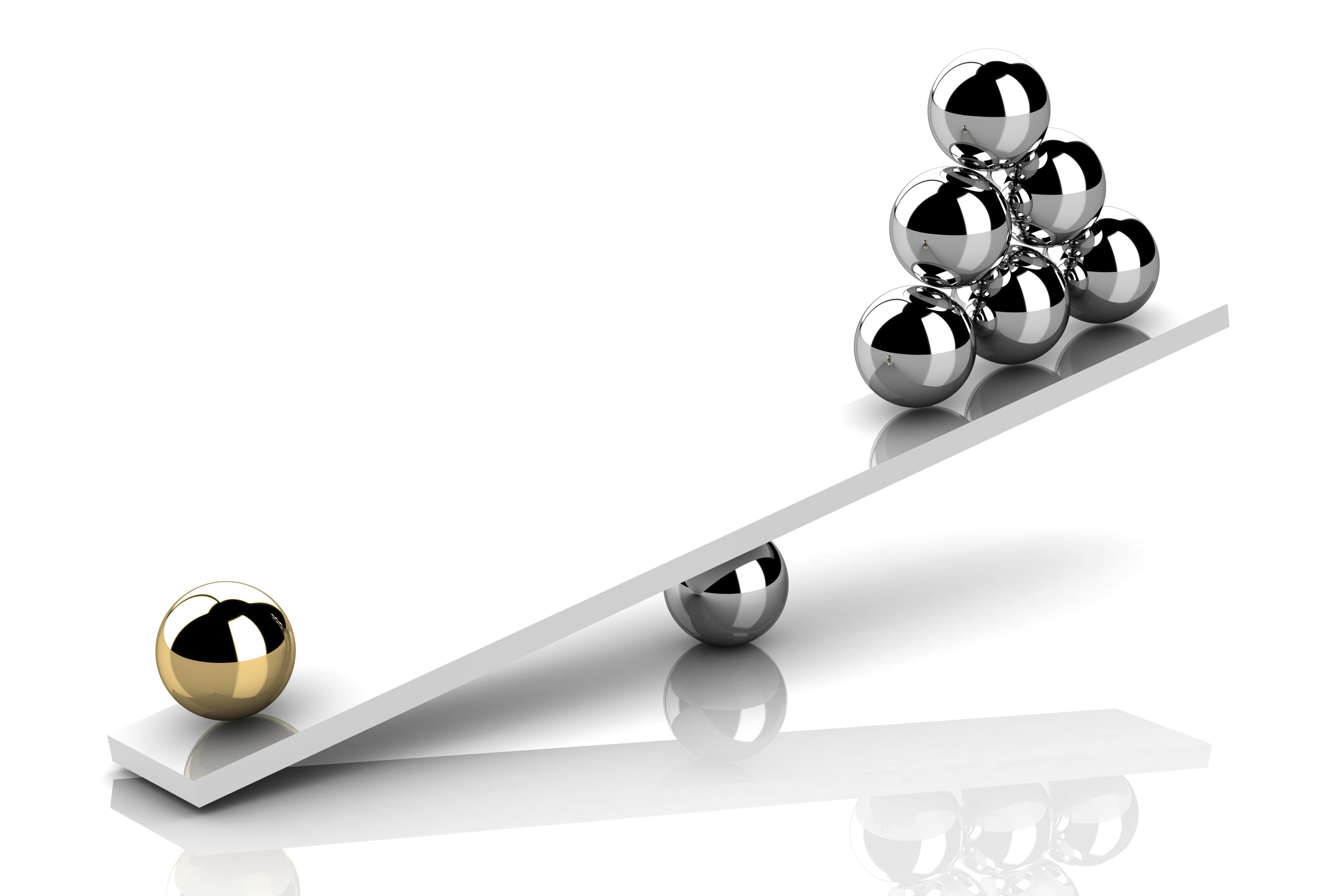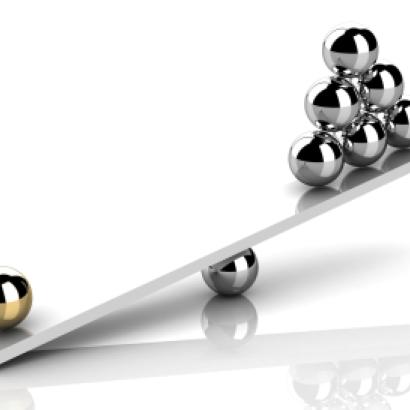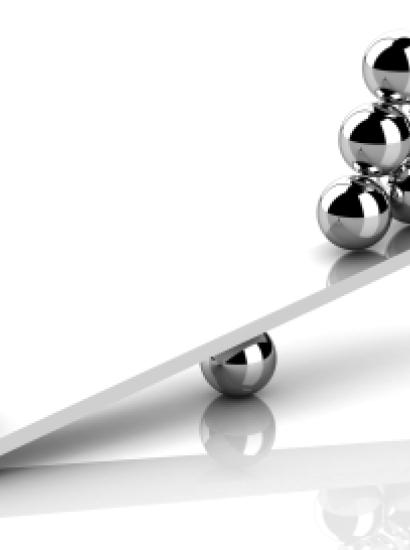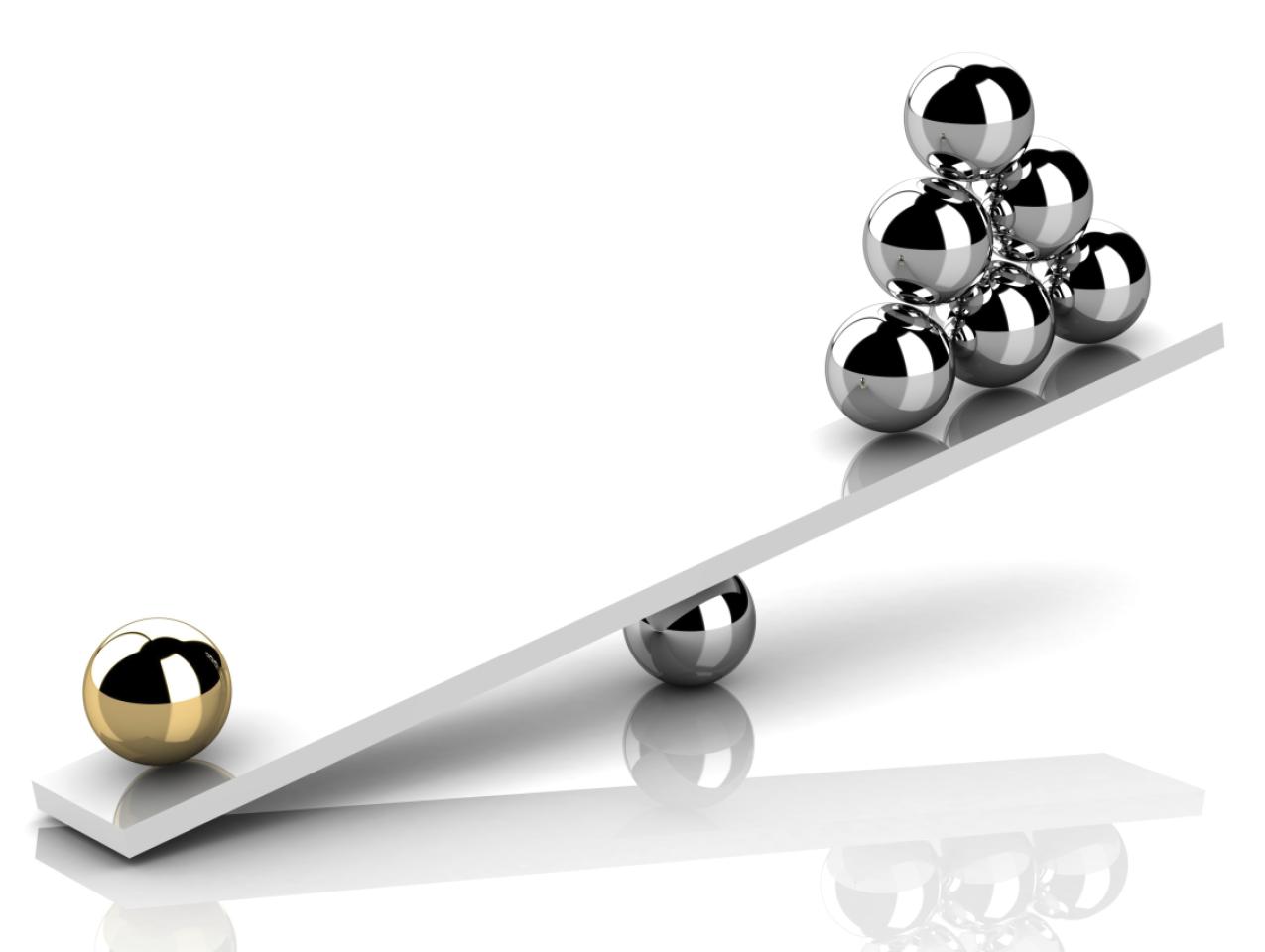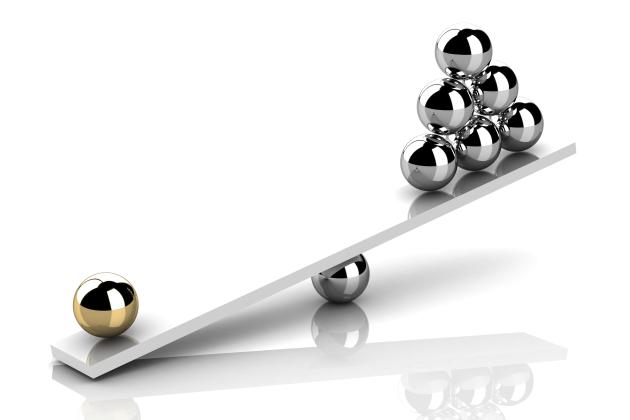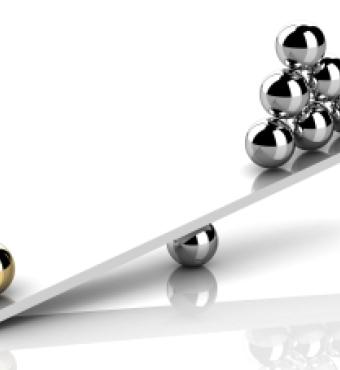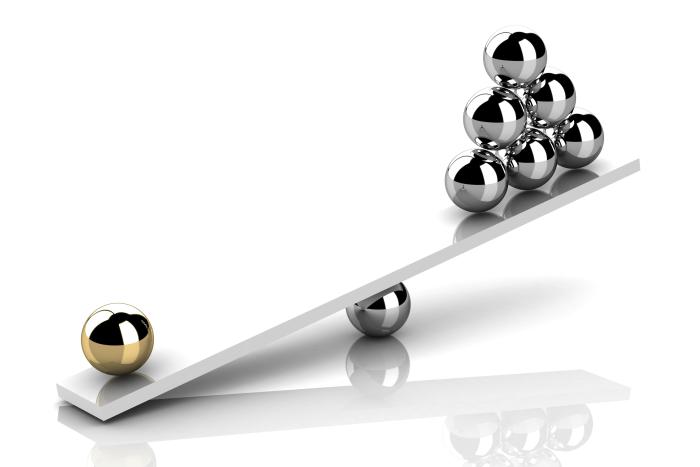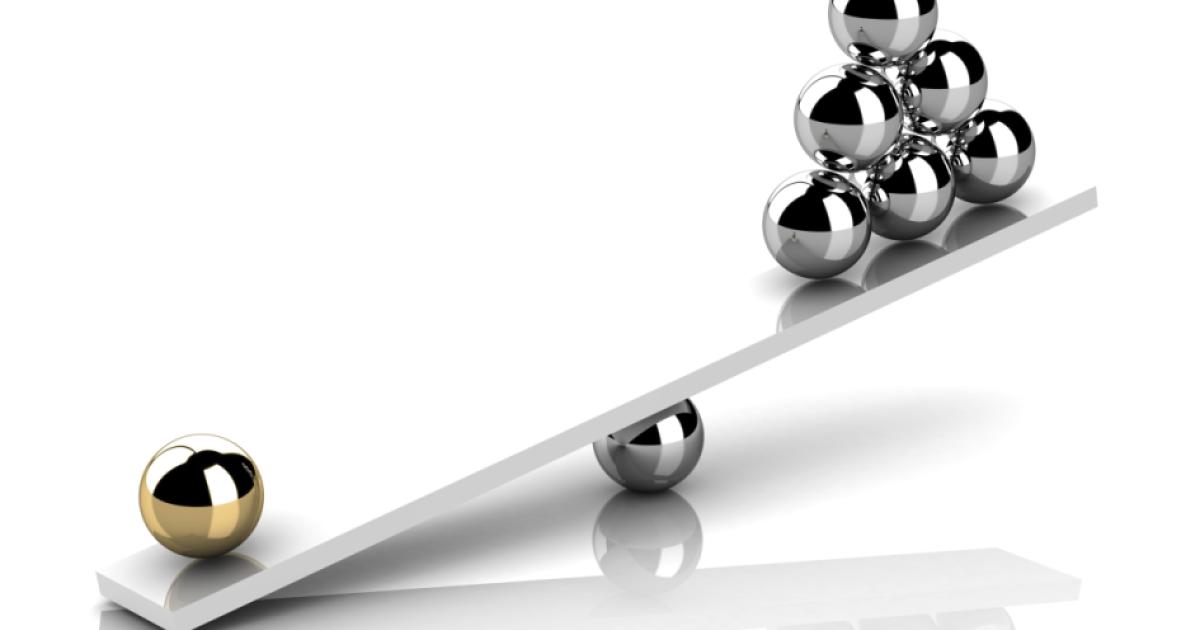- Economics
- US Labor Market
- Monetary Policy
- Law & Policy
- Regulation & Property Rights
- History
- Economic
- US
- World
- Civil Rights & Race
President Obama has called income inequality the “defining challenge of our time.” Many progressives blame the market economy and doubt John F. Kennedy’s view that “a rising tide lifts all boats.” In 2011 Mr. Obama chided those who believe “the market will take care of everything.” It’s a “simple theory,” he said. “It fits well on a bumper sticker. Here’s the problem: It doesn’t work. It’s never worked.”
The president and those who side with him ignore two fundamental points. First, the past three decades have seen a dramatic improvement in the standard of living of the world’s poor, most notably in China and India. Second, there is little doubt that the cause for the improvement has been a move toward markets and away from government-managed economies.
There are two ways that inequality can be reduced. The rich can be made poorer or the poor can be made richer. While the most extreme redistributionists might prefer the former, most reasonable people—even in Communist China—prefer the latter. And judged this way, the world has done well.
Consider some facts: In 2013, the World Bank reported that the number of people world-wide living on less than $1.25 a day had decreased dramatically since the early 1980s. In 1981 half those in the developing world had income below this threshold. By 2011 only 17% lived on less than $1.25 a day. In China 84% fell below the level in 1981, a proportion that shrunk to 6% by 2011. In India the figure fell to 24% in 2011 from 66% in 1979.
The fact that inequality within India and China has grown is of minor consequence. What’s important is that the average citizen of these countries, once among the poorest in the world, has seen income rise substantially. Though China and India are the most striking examples because of their size, smaller developing countries have experienced similar changes. In 1993, Vietnam had 64% of its then nearly 70 million people in poverty. But by 2008, after implementing market-based reforms, and with a population of 85 million, the percentage of Vietnamese in poverty had fallen to 17%, according to the World Bank.
In China, reduction of state control began in the 1980s under Deng Xiaoping. These included domestic policies that replaced much of the centrally planned economy with market-based activity as well as opening China to international trade and foreign investment. Early reforms occurred in agriculture, where farmers were allowed to retain surpluses from their plots.
In 1986 China’s “Contract Responsibility System” was enacted, which allowed enterprises to retain profits above quota requirements. In the same year China established “the General Principles of Civil Law,” which provided the basic rules for a market economy. These included recognition of private-property ownership through shares that could be transferred, creditor rights that required the repayment of private debts, and intellectual-property protection that defined authorship and patents.
In 1979 China established a law for foreign joint ventures and in 1986 applied to rejoin the General Agreement on Tariffs and Trade. In 1988 the government began allowing large private firms to operate in the economy; even state-owned enterprises became autonomous entities, responsible for their own profits and losses. In that same year, according to the International Monetary Fund, 53% of retail sales in China occurred at market prices.
India undertook major reforms in the early 1990s after obtaining a bailout from the IMF, conditioned on economic liberalization, which included reductions in tariffs, deregulation and lower taxes. By 1996 the average tariff in India was 26%, down from 87% in 1990. Licensing requirements, which restrict entry and resource mobility, were eliminated in most industries.
In 1992 India liberalized capital markets and opened them to overseas investors. Reserve requirements, which were well above those for most developed countries, were reduced in the late 1990s and banks were given more flexibility in setting their own loan rates. The share of bank assets held by private banks grew to 17% in 1998 from 11% in 1992.
In Vietnam, collective farming ended in 1986 and control over state-owned facilities was loosened. In 1989 reforms liberalized all prices, including interest and foreign-exchange rates. The consequence has been a sharp reduction in poverty and impressive growth rates that, according to the World Bank, have averaged more than 6% over the past decade.
The improvement in the standard of living of the poor in China, India and elsewhere is a direct result of allowing markets to work. Still, these countries are very different from rich, developed countries and it might be argued that their lessons are not relevant for wealthier countries. Perhaps not, but there is no compelling evidence that the poorest citizens of rich countries fare better when there is more government control of the economy.
Does this mean that we should ignore inequality? Not at all. Equality of opportunity is a basic goal of every fair society, as is help for those who fall on hard times. But the bulk of those who have moved out of poverty in the recent past have done so because their governments have turned away from state control and toward markets, not the reverse.
Mr. Lazear, a former chairman of the Council of Economic Advisers (2006-09), is a professor at Stanford University’s Graduate School of Business and a Hoover Institution fellow.







